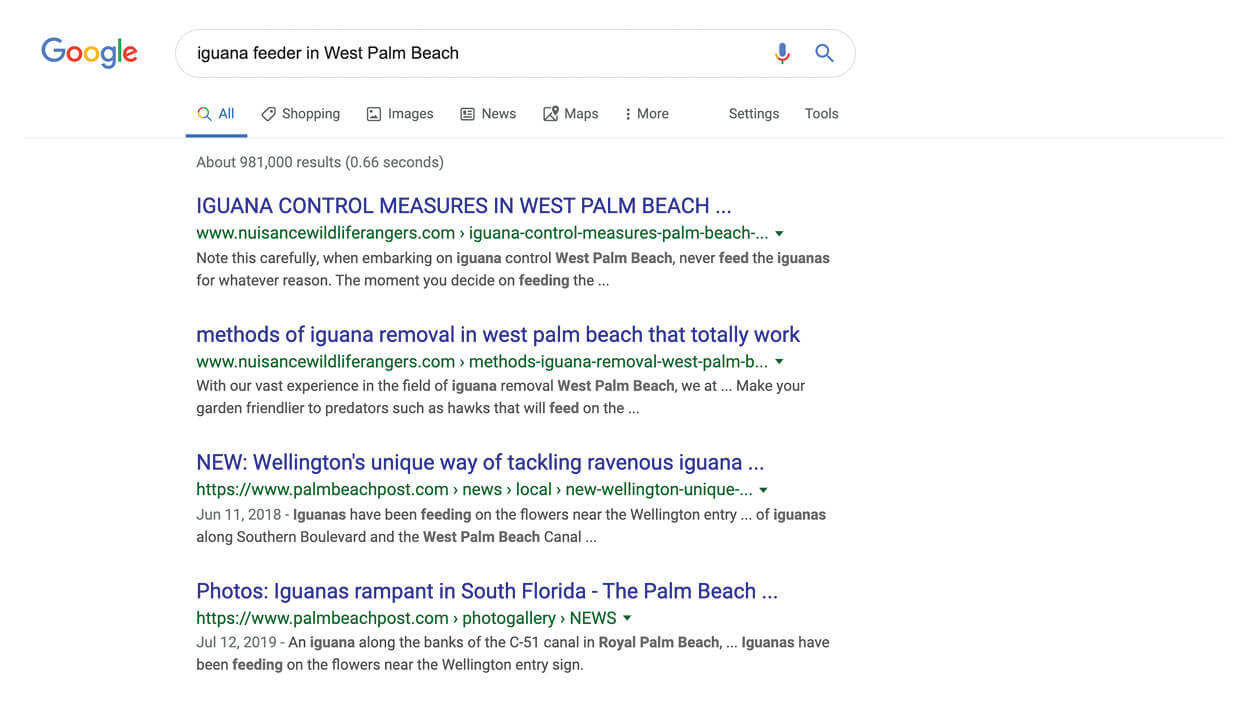A robust link building strategy is critical. Being discoverable online means having high domain authority and ranking for the keywords your customers use
Companies like Amazon and Google have forever changed the way consumers find and purchase goods and services. As a result, both B2C and B2B companies must consider the role online visibility plays in their campaigns to attract customers.
In the digital world, a robust link building strategy is critical. The modern consumer journey is driven by search engines, and being discoverable online means having high domain authority and ranking for the keywords your customers use.
“Access
In this Quick Win, we will show you how you can attract high-quality backlinks that give your website the authority it needs to increase organic (free) traffic.
Access the How to get quality backlinks
High-quality backlinks increase domain authority, ultimately increasing your Google page ranking. When pages have high-quality backlinks pointed at them, it builds trust with Google. Credible sites are rewarded by the search giant’s algorithms, while those that don’t have backlinks pointing toward them are punished.
A study by Moz found that more than 99% of the top-ranking websites showing up in Google search results contained at least one external link. Almost all of these websites had one or more external links pointing at them.
Of course, not all links are created equal. To assess the quality of a site, you can use tools like Moz to view its domain authority. You’ll also be able to see whether the external links leading to that site are spam and whether the site is spamming its own links out. Unfortunately, spam is more prevalent than ever. In 2018, spam click rates rose to over 14% — partially because other attack vectors favored by cybercriminals have become less effective over time.
It all comes down to creating an effective link building strategy — especially if you want to gain the attention of modern consumers. It's a long game, though, so the time to start is now.
Thinking ahead to strategize
Link building is an ongoing process that takes foresight and careful planning. Especially since certain keywords require you to adopt a more aggressive approach. For instance, trying to rank for a keyword like “asset-based lending” — a popular keyword in a highly competitive niche — will be harder than ranking for something like “iguana feeder in West Palm Beach.”

If you’re trying to rank for highly competitive keywords, don’t do it alone. Outsource the data entry to build large lists and automate outreach using tools like Yesware, Hunter.io, SpyFu, SEMrush, or Moz. Just be sure to avoid linking to websites that have high spam scores.
No matter your link building strategy, you’ll want to take advantage of opportunities to publish content on other sites. If you are writing a guest-contributed article for an external blog, the company publishing the post will typically send you guidelines to conform with its content style and structure preferences. If you have content that you want someone else to link to, you might consider sending an email that’s structured around that link. After all, backlinks to your site will only increase your page ranking.
The key to link building
Link building can optimize your digital marketing goals by helping you gain more quality links and get more organic traffic to your site. The following tips will help you develop and manage a successful link building strategy:
1. Find related keywords and sites.
Type the beginning of a search term into Google, and the search engine will display a number of keywords and phrases that relate to it. Understanding which keyword terms are most relevant to your audience will allow you to determine which of those to target.

You’ll be hard-pressed to find websites related to your keywords if you’re relying on standard search engine queries, though. Use search operators to make your queries more precise, leading to more useful results. These operators range from basic ("link building strategies") to advanced (intitle: "link building strategies").
2. Consider domain authority.
Build a list of link building opportunities using a tool like ScrapeBox, checking the domain scores of the websites on your list using tools like Moz or Ahrefs. Eliminate websites with low domain authority and high spam scores. Low-quality links to and from these sites can lower your domain score and, in some cases, hurt your rankings.
Likewise, stay away from “black hat” methods — like keyword stuffing, cloaking, or using private link networks — that might temporarily give you an SEO edge. Google will eventually catch on and penalize you, and you’ll have to start over from scratch.

3. Organize your list of relevant sites.
After searching the web for link building opportunities and compiling your list of sites, you should have each site’s domain name, email, domain authority, and spam ranking. This information will often appear on a site’s “About” or “Contact” pages, or you can find it using Google or a tool like Hunter.io.
Create a spreadsheet with the domain name, contact info, domain authority, and spam score as the headings. Then, organize your list based on domain authority rankings using the sorting mechanism in Excel or a similar spreadsheet tool.
4. Reach out to site owners.
Once you have the contact info of the sites, use an email outreach tool to send messages in bulk. Send a template email with the URL of the blog post you’d like them to link, and politely ask them for a link share. You can do this using a tool like Yesware, which is relatively inexpensive and works well with Gmail.
Find something on the target website that you can comment on in order to personalize your message. Why? Personalized emails will always have a higher response rate than random email blasts. Emails with the recipient's name in the subject line, for example, can increase open rates by as much as 20%.
You’ll probably only hear back from a small number of the site owners you contact, but those responses usually will be positive. Some might ask you for money in exchange for a link, but you shouldn’t pay for links if you have high-quality content.
5. Outsource link building when necessary.
Executing a link building strategy takes a fair amount of time, money, and energy. As an easier — and cheaper — alternative to hiring internally, you can hire a virtual assistant from a company like Upwork to expedite the process.
Virtual assistants can visit each link in your database and recruit other people to help with data entry or any other tasks. Just make sure that you provide virtual assistants with a step-by-step process and templates, if possible. Don’t expect them to know exactly what to do without a little bit of training and context.
6. Remember the long game.
To find out how many backlinks your competition has for each term, you’ll need to do some competitor research for each of your keywords. This will allow you to find other websites that are pointing to relevant content and help you uncover new link opportunities. You’ll want to at least come close to your competitors' numbers while also striving to improve your outreach and contact techniques.
If you’re trying to ensure that your site stacks up to the competition, that number of backlinks provides a great benchmark. You’ll also want to make sure your content quality is on par or better than that of your competitors, so you should constantly look for ways to improve your offerings.
Keep in mind that it may take a few weeks for search engines to index your site and update your page rankings — and remember that some keywords can take years to rank for. Strive to be the best in your niche, and view your link building strategy as a long-term endeavor. It will pay off. As long as you’re always improving, your results will continually improve with you.
Shay Berman is the CEO and founder of
Digital Resource, a full-service digital marketing agency located in South Florida.
Shay’s clear-cut approach to internet marketing has driven his clients' businesses to new heights and allowed Digital Resource to land on the Inc 500 list two years in a row, and be named as No. 49 on Entrepreneur magazine's Entrepreneur 360 list.




















